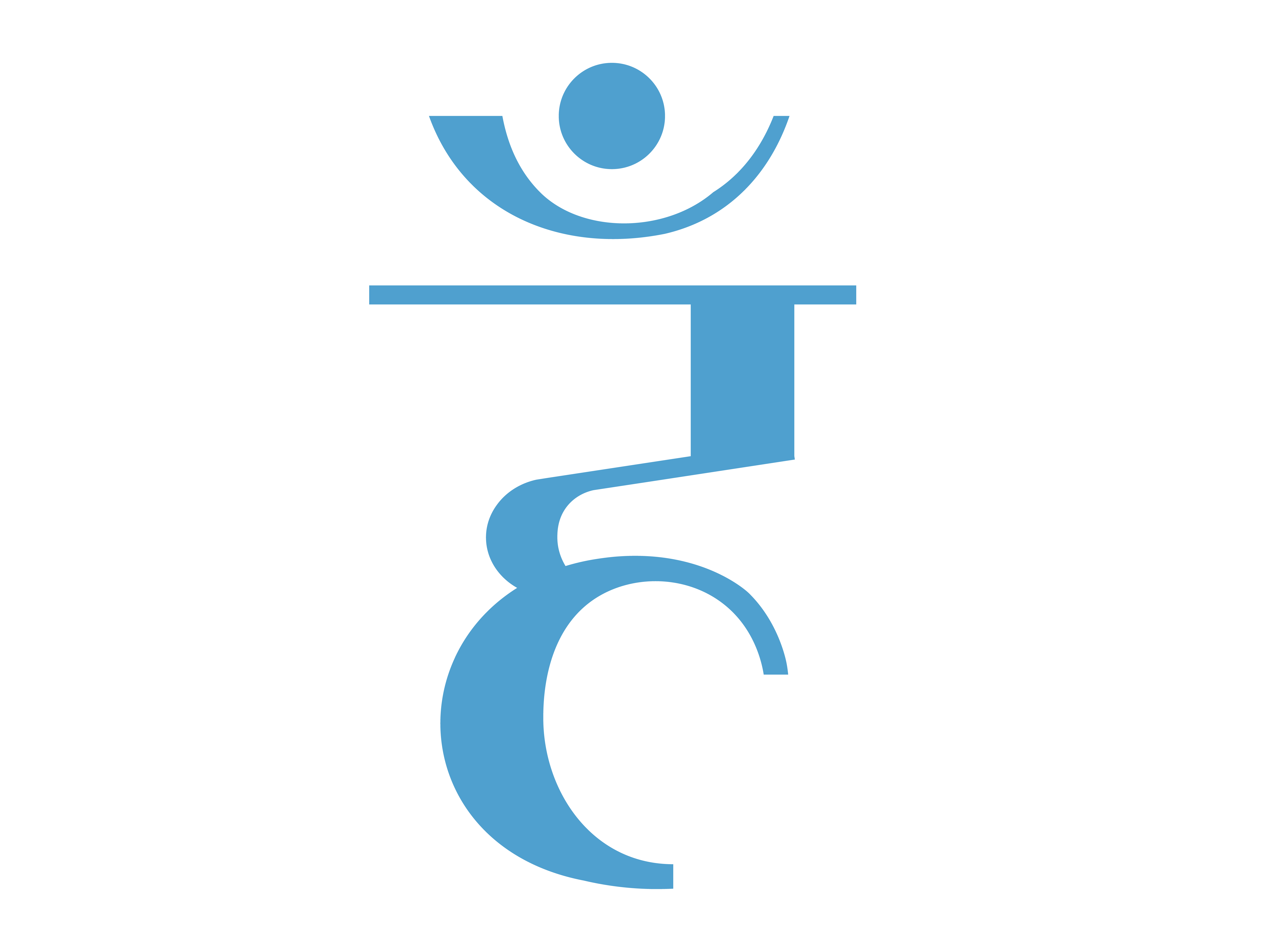Unlocking Flexibility with Active Assisted Stretching Techniques
- Blue Aura
- Sep 18
- 4 min read
Are you looking to enhance your flexibility and improve your athletic performance? Active Assisted Stretching (AAS) might just be the key. This dynamic approach combines active and passive stretching, leading to better flexibility, muscle coordination, and strength. In this post, we'll break down the fundamentals of AAS, its benefits, specific techniques, and how to seamlessly integrate it into your fitness routine.
What is Active Assisted Stretching?
Active Assisted Stretching is a technique that uses your muscles to initiate a stretch while receiving help from a partner, prop, or a wall. This blend of action and assistance allows for deeper stretches compared to traditional passive methods. One standout feature of AAS is its adaptability—it suits all fitness levels and can be beneficial in rehabilitation, athletic training, or as a regular part of your workout.
By actively engaging your muscles, you tap into various muscle groups while enjoying the benefits of assistance. This dual engagement leads to increased stretch depth and effectiveness.
Benefits of Active Assisted Stretching
Enhanced Flexibility
Improving flexibility is one of the prime rewards of Active Assisted Stretching. Research shows that consistent stretching can increase overall flexibility by up to 30% over a few months of regular practice. This improvement is crucial for athletes; for instance, a football player with better hamstring flexibility may reduce the chance of injury during sprinting.
Improved Muscle Coordination
Another vital benefit of AAS is enhanced muscle coordination. When you stretch actively, your muscles learn to work together more efficiently. This coordination is essential not only in sports but also in daily activities. For example, a study found that athletes who practiced AAS demonstrated a 15% improvement in overall performance metrics.
Injury Prevention
By incorporating AAS into your routine, you can lower your risk of injuries, reducing the risk of strains and sprains by up to 25%. Active stretches prepare muscles and joints for physical activities. This preparation is essential not only for athletes but for anyone engaged in regular movement.
Increased Blood Flow
Active Assisted Stretching improves blood circulation, which is vital for muscle recovery. Better blood flow delivers oxygen and nutrients effectively. This increase can lead to faster recovery times and reduced soreness after workouts, making it a valuable addition for those engaging in intense physical activities.
Techniques for Active Assisted Stretching
Partner-Assisted Stretches
Partner-assisted stretches can effectively employ AAS. Here are two practical examples:
Hamstring Stretch: Lie on your back while your partner lifts one leg straight up. Keep your knee slightly bent and use your partner’s help to pull your leg toward your face. This will stretch your hamstrings and can result in improved flexibility over time.
Quadriceps Stretch: Stand on one leg while your partner holds your other ankle behind you. As they gently pull your ankle towards your glutes, engage your core for balance. This stretch not only targets your quadriceps but also improves hip flexor flexibility.
Wall-Assisted Stretches
Using a wall is another effective way to perform AAS. Try these techniques:
Calf Stretch: Face a wall and place your hands against it. Step one foot back, pressing your heel into the ground while leaning into the wall. This technique helps deepen the stretch in your calf muscles.
Shoulder Stretch: Stand with your back to a wall and position your arm against it at a 90-degree angle. Slowly rotate your body away from the wall to effectively stretch your shoulder and chest.
Props for Active Assisted Stretching
Using props like resistance bands or yoga straps can enrich your AAS routine. Here are two ways to use them:
Resistance Band Hamstring Stretch: Lie on your back, loop a resistance band around your foot, and gently pull your leg towards you while keeping it straight. This method enhances your hamstring stretch and promotes greater flexibility.
Yoga Strap Shoulder Stretch: Hold a yoga strap with both hands and lift it overhead. While it's above you, slowly pull the strap apart while keeping your arms straight. This action will benefit your shoulders and upper back.
Incorporating Active Assisted Stretching into Your Routine
Warm-Up
Integrate AAS into your warm-up to prepare for exercise. Focus on primary muscle groups and include stretches for areas you will work on. Dedicating just 5-10 minutes to AAS can increase muscle readiness and performance.
Post-Workout Recovery
Following your workout, AAS can help ease muscle tightness and promote recovery. Spend 10-15 minutes on AAS techniques to enhance flexibility and lessen soreness, ultimately benefiting your next workout.
Regular Practice
Consistency is key to seeing improvements in flexibility and muscle coordination. Aim to incorporate AAS into your routine at least two to three times a week, gradually increasing the intensity and duration of your sessions.

Why AAS is Worth It
Active Assisted Stretching is an effective method to unlock your flexibility potential, boost muscle coordination, and prevent injuries. By including AAS in your fitness activities, you can reap the benefits of greater flexibility, improved performance, and a quicker recovery.
Whether you practice with a partner, utilize props, or try wall-assisted techniques, the focus should be on consistency and body awareness.
So why not give Active Assisted Stretching a chance? Your body will appreciate the effort you put into enhancing its capabilities!




Comments